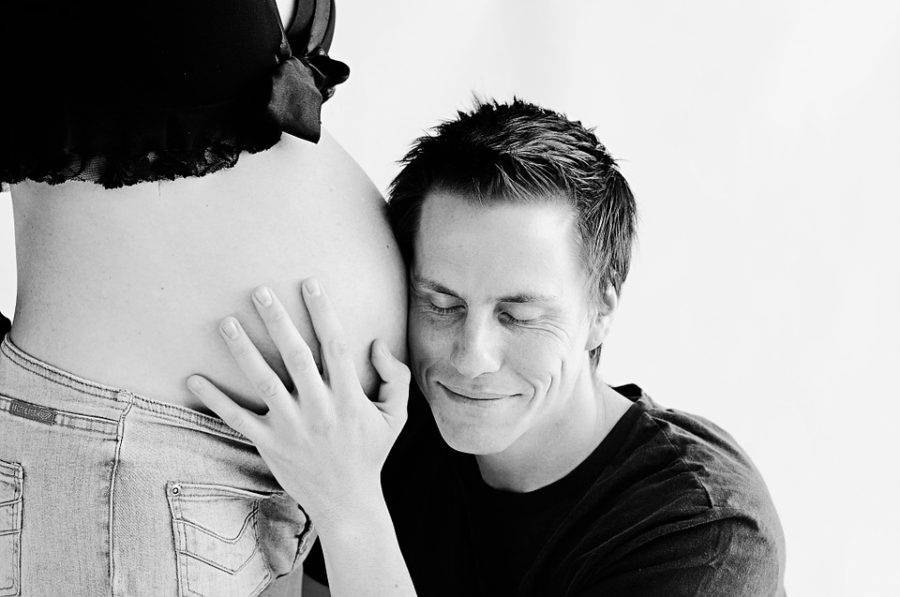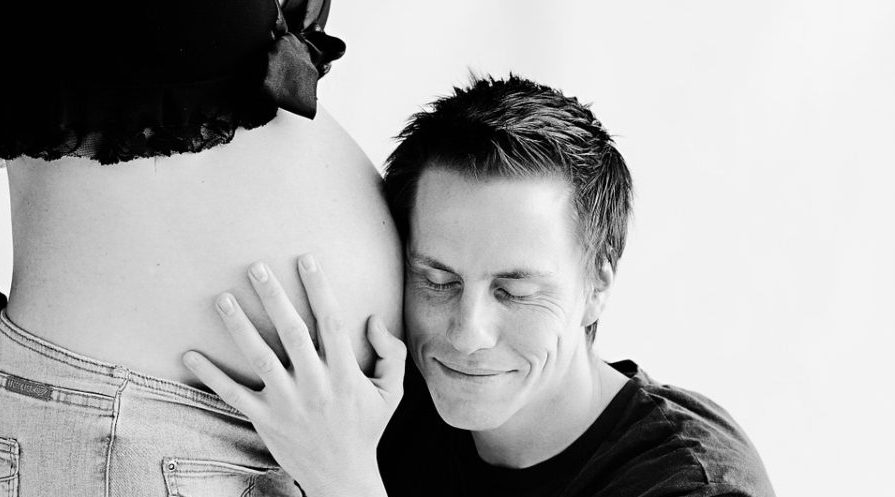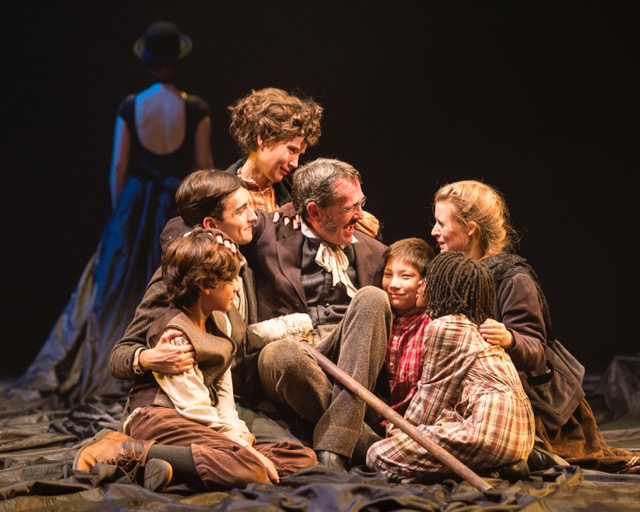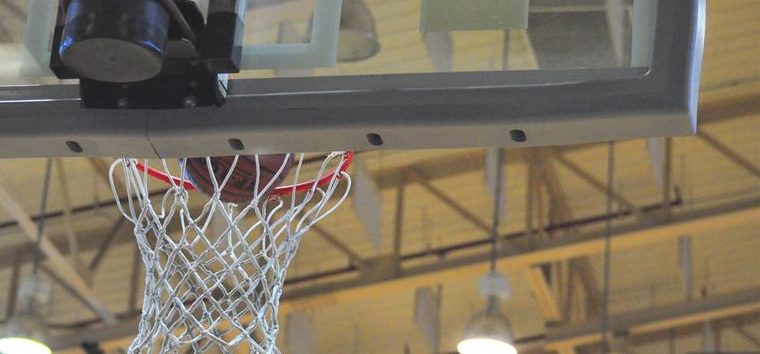
By Galen Patterson
In Vitro Fertilization (IVF) began in the 1970’s to help females who had difficulty conceiving have children. The process of this specific method of pregnancy may be unnatural to some, but to others it is their only option.
Nearly forty years later, the pregnancy method has taken on a new set of ethical questions revolving around the use of fertilized embryos in non-related couples.
IVF takes the reproductive necessities of both parents and manually introduces them to one another, creating a fertilized embryo waiting for a host to grow inside of. Not every IVF procedure is guaranteed success, therefore doctors have to create multiple embryos to work with to create a higher chance of success for each family. Once the female becomes pregnant, the unused embryos are not needed, at least at the moment.
This is where the new controversy comes in: what to do with the unused embryos? Clients are given options. They may choose to donate the embryos to science, donate them to another couple, or the donors may put them up for adoption, a process as rigorous as child adoption. The couple may choose to discard the embryos altogether or even continue to store them for an annual fee.
Though keeping frozen embryos in a separate facility may be reminiscent of so many other things American families accumulate, this dilemma can take on an entirely unique paradox for the owners of the embryos.
Imagine, a child is born to parents through this method. Every time they think about the unused embryos they may be forced to consider that their child is the embryo that worked first and was given a chance, while the others are still composed of their DNA, but lack only a volunteer to take on the task of gestation. These embryos are commonly referred to as “maybe babies,” or “Snowflake babies,” highlighting their unique, but frozen composition.
KCET correspondent and segment producer, Dina Demetrius has studied this dilemma. According to Demetrius, some families have trouble confronting the decision of what to do with the unused embryos. Some, says Demetrius, just continue to opt for the annual storage fee. “They have these embryos just hanging over their heads,” she says.
Demetrius spoke with the parents of the first child to be born through this process. The family expressed their initial concerns, such as the embryo-selection process resembling that of buying a car. “…Then I realized I was actually saving a life at the same time,” said Marlene Strege, mother of Hannah Strege, the first “Snowflake” baby, in an interview with Demetrius.
Demetrius also notes that in her research into couples using this method, she noticed something unexpected. “It’s such an emotional journey and it doesn’t seem to end,” she says.
Although parents who use this method of pregnancy may not share a biological connection with their child, they share the ultimate gift one can give: life.
Demetrius has prepared a special report on this issue, airing on Dec. 5 at 8 p.m. and again on Dec. 10 at 6:30 p.m. on KCET.





